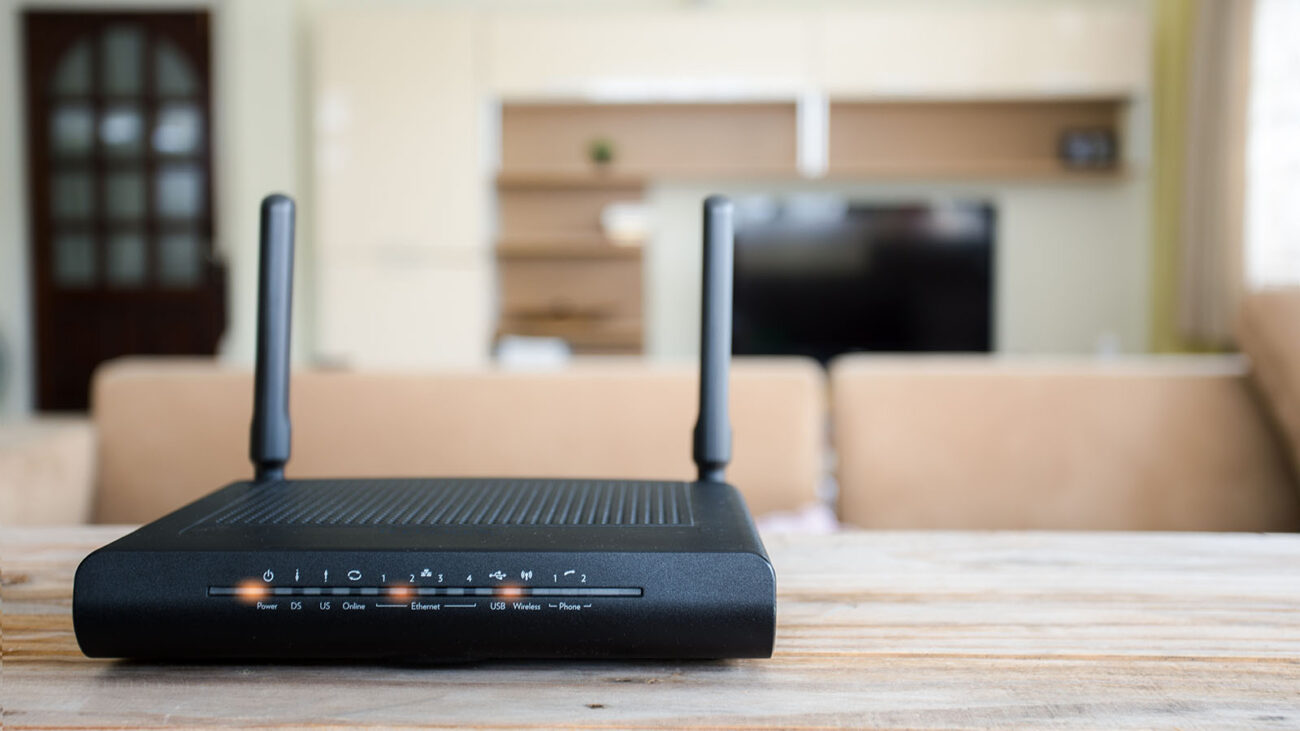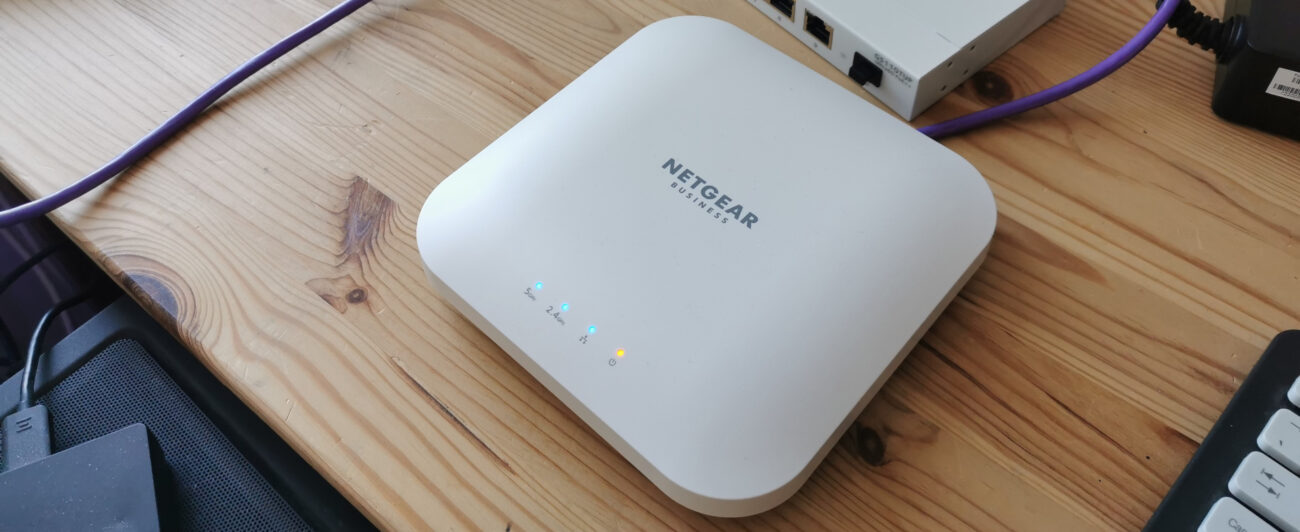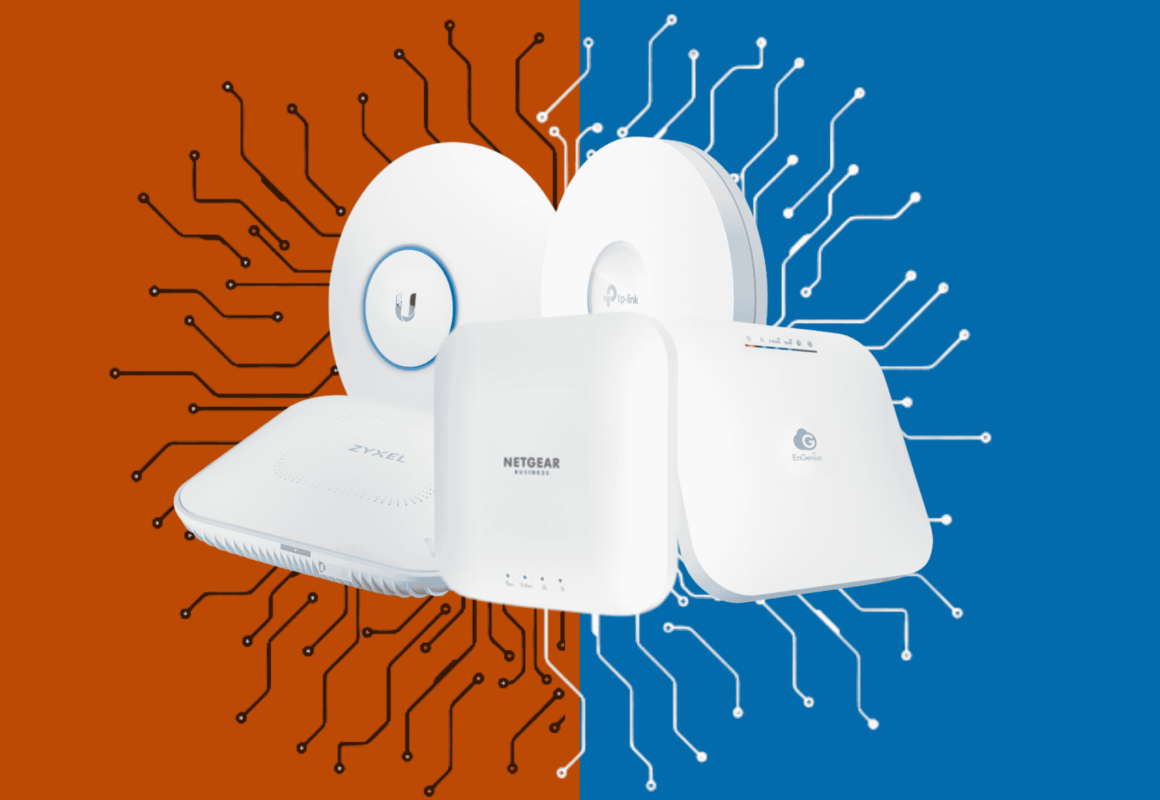Mesh networks: What is it, advantages and benefits?
A mesh network, “mesh network” or “mesh net”, is a type of decentralized network setup, in which a group of devices acts as if it were a single Wi-Fi network. Unlike regular networks, Mesh networks allow the creation of multiple connection points instead of a single router.
The great advantage of Mesh networks is the possibility of adding new connection points in the network. In this way, it provides a larger coverage area. All points connect to each other via Wi-Fi and can communicate without the need for a router or switch. This makes data transport faster and more efficient.
Even better if the provider doesn’t need to be tied to the same brand of the router to configure its mesh network, right?
In addition, Mesh networking also supports Ethernet connections. For this, it is necessary that the cables are connected to the LAN input of the primary point of the network (which is normally the modem ).
Differences between mesh networks and traditional Wi-Fi
In traditional networks, all devices are connected to a single router. This is responsible for processing all information traffic and forwarding it to the correct location, be it a server on the internet or another device connected to the same network.
The router acts as the hub of the network, and by definition the further the device is from it, the weaker the signal.
Meanwhile, Mesh networks seek to increase the number of connection points, which decreases the chances of the signal getting weak due to being far from one of them.
One way to understand this difference is to view the network as a set of roads through which all data travels. In traditional Wi-Fi, the data packet, when leaving the device that sent it, must necessarily pass through the router, which acts as a terminal and then be forwarded to the destination.
This is typically not an issue on small networks with three or four devices. However, on a network with many people trying to use the internet at the same time, it can get congested, and slow, quickly.
Mesh networking avoids this problem by multiplying access points. Thus, data packets only need to go to the central router if necessary and can reach their final destination by alternative paths that avoid bottlenecks.
Due to the higher data traffic required, corporate mesh networks often have some differences from domestic ones.
In-home networks, it is common that the exit point that communicates with the internet is only one. On the other hand, corporate networks may have more than one egress point to further reduce potential congestion.
Mesh networks and IoT
Over time, an increasing number of devices are being upgraded to connect to the internet and be able to be controlled remotely. This innovation started with smartphones and soon extended to Smart TVs.
New ways to turn devices already known to the public into smart are constantly being developed. Appliances such as light bulbs, refrigerators, air conditioners, and the like are now available in their smart versions.
Over time, the number of internet-connected devices in an average home tends to increase, until it gets to the point where the router becomes overloaded and stops operating at full efficiency.
Therefore, the use of mesh networks is a way to alleviate this problem, ensuring the multiplication of routes through which data can be transported and that a single access point is not overloaded.
The use of Mesh networks is fundamental for the operation of projects such as smart cities, which use a vast number of devices such as:
- subway turnstiles;
- parking meters;
- free Wi-Fi networks for the population.
Another situation that benefits from the Mesh network is the health infrastructure of a hospital, for example, in which all equipment needs to be in operation and constant monitoring to detect possible problems, not only in equipment but also in the health of patients.
Mesh network benefits
The signal amplification by the Mesh network ensures that areas of the home that are not normally a priority for signal delivery, such as hallways and patios, do not become blind spots in the network. The increase in access points ensures that even remote locations can receive the Wi-Fi signal.
Mesh Network x Signal Repeater
It is important to note that a mesh network is not the same thing as a signal repeater. Although both act as a single network with multiple entry points, Mesh facilitates the correct functioning of 802.11 protocol extensions (K and V). These extensions are used to properly manage roaming, that is, the movement of devices within the range of the Wi-Fi Mesh network.
With roaming extensions, the device can automatically detect when the signal from one access point is weak and migrate to a closer one without the need for user intervention.
Increasing the number of access points also ensures that communications between devices continue to operate even if one of them stops operating. When this occurs, the remaining devices use the other network paths to reroute information traffic and ensure that it is delivered to the correct destination.
And because the network allows devices to interact in a decentralized way, the path one uses to transmit to another point is less congested. This ensures faster communications and reduces router workload.
This type of functionality is useful in the Internet of Things (IoT) connected networks, as many devices do not need a constant internet connection, which further reduces the load on the router.
How about knowing more what is the advantage of using the Mesh network with Anlix’s Flashbox? Watch this video from Anlix Connection right now that explains exactly that!
The mesh network infrastructure
The mesh network infrastructure is made up of three main components:
- gateway ;
- repeaters;
- endpoints.
The gateway is the analog of the router in traditional networks. It operates as an exit point for internet communications and is responsible for managing all external traffic.
Repeaters are devices that, as the name suggests, repeat incoming messages until they are delivered to the correct recipient. They function as the backbone of the Mesh network and make it possible to decentralize the sending of messages and ensure that any connected device receives them, even if they are far from the gateway.
Endpoints are the destinations of network information. They are the televisions, computers, smartphones, and other IoT devices that are connected to the network and that use it to communicate with each other.










